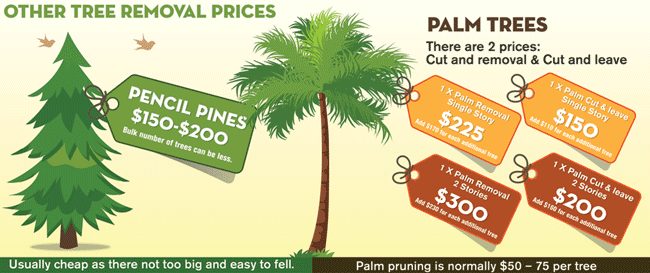Signs It's Time For Tree Removal: How To Identify Dangerous Trees
Signs It's Time For Tree Removal: How To Identify Dangerous Trees
Blog Article
Authored By- Cost To Remove A Tree
When it concerns tree treatment, identifying the indications that it's time for elimination is crucial for your safety and residential property. You may see tarnished leaves, wilting branches, or strange fungal developments indicating health problems. Architectural problems, like a considerable lean or splits in the trunk, can also pose risks. Understanding these warning signs can aid you make notified decisions regarding your trees and avoid possible threats hiding in your lawn. What should you search for following?
Signs of Decay and Illness
When you observe signs of decay and disease in your trees, it's important to act swiftly. Seek blemished leaves, wilting branches, or uncommon developments like fungus. These can indicate that your tree is battling.
If you see cracks in the bark or soft, mushy wood, these signs and symptoms suggest interior decay. Furthermore, an unexpected rise in bugs around your tree can signal that it's deteriorated and at risk.
Check for any kind of dead or passing away arm or legs, as they position a risk to your residential or commercial property and security. If you doubt concerning what you see, speaking with an arborist can give quality.
Dealing with these indicators early can save you from a lot more comprehensive damages and make certain the health of your backyard. https://tree-stump-removal-tool60594.blogvivi.com/35911087/remove-persistent-tree-stumps-utilizing-effective-removal-techniques-that-guarantee-a-secure-and-efficient-lawn-cleanup-however-which-approach-is-most-ideal-for-you wait until it's too late.
Structural Instability and Leaning
As you observe your trees, watch out for any kind of indicators of structural instability or leaning. If a tree leans substantially, it might show that the origin system is jeopardized.
Try to find any type of cracks in the trunk or dirt around the base; these can signal potential failing. Additionally, look for uncommon development patterns, like a lopsided crown, which may suggest that the tree is struggling to hold itself upright.
If you see that the tree leans toward your home, power lines, or other structures, it positions a higher danger. Don't overlook these signs-- consult an arborist to evaluate the situation.
Acting early can stop pricey damages and guarantee your safety and security.
Dead or Perishing Branches and Foliage
If you observe dead or dying branches and vegetation on your tree, it's a clear sign that something's wrong.
These harmful areas can indicate underlying problems like disease, insect infestations, or environmental stress and anxiety. When branches shed their fallen leaves or turn brown, they're no longer adding to the tree's wellness. Neglecting these indications can cause more decline, making your tree extra unsafe.
Dead branches can quickly break short throughout storms, posing a threat to residential or commercial property and individuals close by. It's important to analyze the level of the damages.
If the issue influences a significant part of the tree, think about seeking advice from a professional. They can aid identify if elimination is required to ensure safety and security and preserve the elegance of your landscape.
Final thought
If you see any indicators of decay, architectural instability, or dead branches on your trees, do not neglect them. These signs can pose significant safety and security dangers to you and your residential property. It's always best to consult a professional arborist who can provide an expert evaluation of your trees. Acting early can prevent crashes and pricey damages, ensuring your landscape stays safe and healthy and balanced. Remember, it's much better to be aggressive about tree care than to wait on a disaster to occur.
